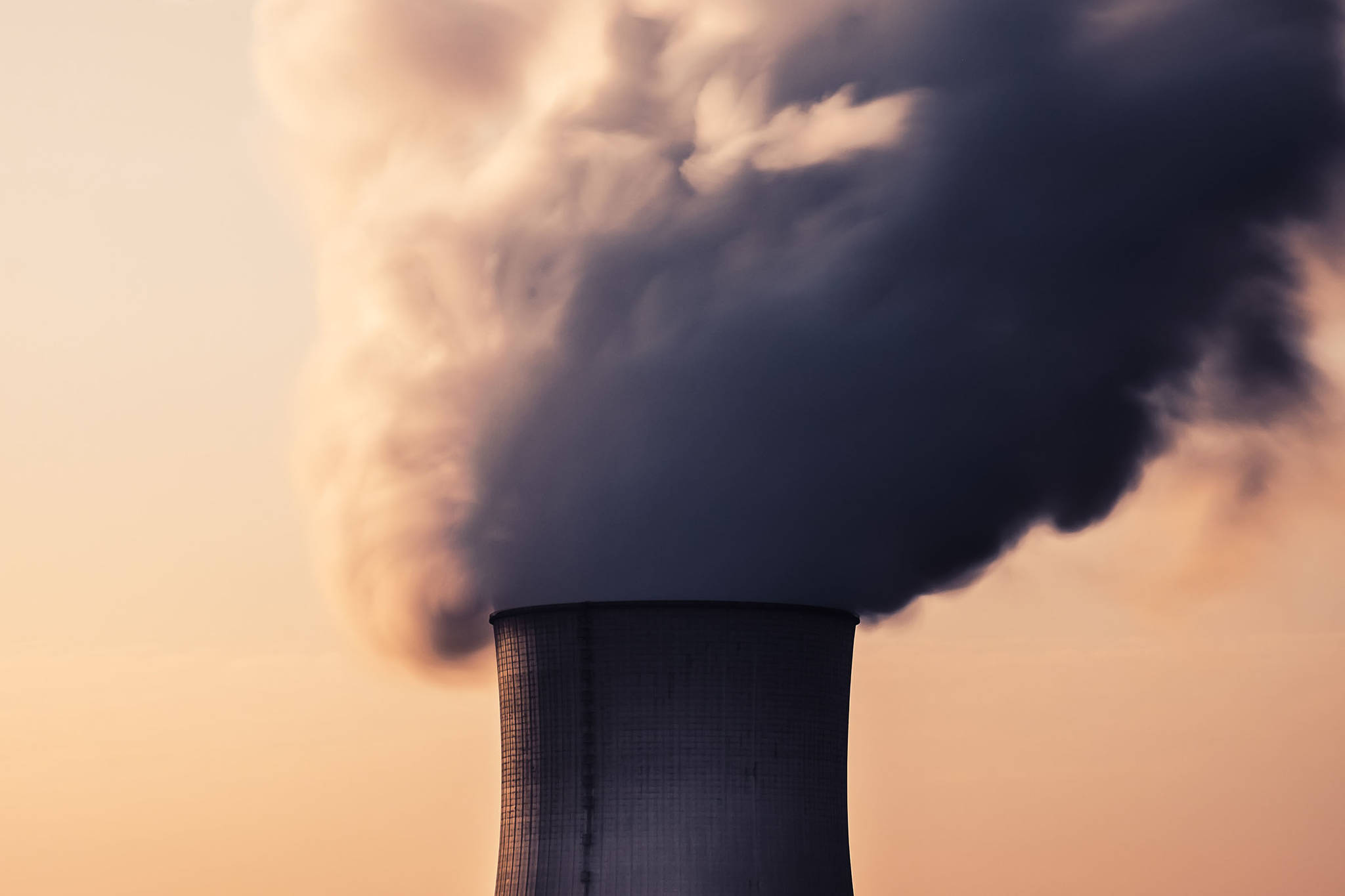Most of us remember when Japan’s Fukushima nuclear power plant was crippled by a massive earthquake and tsunami in 2011. Some probably recall the concern that radiation which leaked from the plant might find its way to our shores. But I’ll bet Shelby Surdyk of Skagway is one of the very people who knew the Pacific Ocean still contains measurable amounts of radioactive fallout deposited during our nation’s testing of nuclear weapons more than six decades ago.
Surdyk is a 2009 Drama Debate and Forensics state champion. She won the award for Original Oratory and Extemporaneous Speaking during her senior year in high school. It was second time she performed a story about the people of the Marshall Islands. The first one depicted the disastrous human impact from the largest of 67 nuclear weapons tests conducted around the islands between 1946 and 1958. Code named Castle Bravo, its explosive power was a thousand times greater than the atomic bombs dropped on Japan during World War II.
Half a century later, the amount of radiation from those tests rival the numbers measured since Fukushima. And just this week Russian scientists reported high levels of radiation from the Soviet Union’s nuclear testing program remains on glaciers in an Arctic Ocean archipelago. Climate change may soon push much of that into the sea.
You won’t find any of these stories headlining the television news. But Surdyk doesn’t miss many of them. Her knowledge and passion about the subject make her unique among her peers and Americans of every generation.
In 2008, Surdyk brought her high school DDF act to the University of Alaska Southeast as part of a three-day nuclear awareness conference she helped organize. She followed that with two Fukushima related projects at the University of Alaska Fairbanks. And for her master’s thesis at the American University of Beirut she studied the association between depleted uranium exposure and congenital birth defects in Iraq.
Now Surdyk is about to embark on the most ambitious project of her young life. She’ll be the lead organizer of a weeklong International Youth Congress for the Global Elimination of Nuclear Weapons.
Full disclosure. Along with former Juneau legislators Beth Kerttula and Cathy Muñoz and a few others, I’m on the Veterans for Peace steering committee for this project.
But putting aside the interest I have in seeing it succeed, the piece of Surdyk’s personal journey which fascinates me is the moment she recognized a call to action. It happened while reading “For the Good of Mankind,” a book given to her by the school’s DDF coach. In it, author Jack Niedenthal describes the radiation exposure and suffering endured by the people of Marshall Islands. Before that discovery, she told me, she had never imagined her country would knowingly harm anyone. Or that she’d become a person who would question the histories taught in school or the current events reported in the daily news.
Daniel Ellsberg describes experiences like that as having “the effect of a Zen kōan.” From 1964-68, he served as a Defense Department analyst and a State Department observer of the Vietnam War. In the latter capacity, he spent months walking the ground there with combat troops. Then in 1969 he realized how wrong it was for America to continue a war when the vast majority of Vietnamese didn’t care who won – they just wanted it to be over. With that new moral truth guiding him, Ellsberg risked his career, reputation and personal freedom by copying and leaking the Pentagon Papers to the press.
That wasn’t the case for Surdyk. As a teenager, she had almost nothing to lose. But following the road less traveled means sacrificing the pursuit of more common forms of happiness known as the American Dream. And as Ellsberg knows, it’s not a choice. Neither of them could put country’s shameful history back in the pandora’s box they had opened.
Our government lied to the people of the Marshall Islands when we began nuclear testing there. It similarly lied to American “downwinders” living in Utah and Nevada. It wasn’t even honest with the people it sent into the radioactive zones to collect samples from the water and soil. Erasing that history from the textbooks may be easy. But silencing a heart which knows what’s true is near impossible.
• Rich Moniak is a Juneau resident and retired civil engineer with more than 25 years of experience working in the public sector. He contributes a weekly “My Turn” to the Juneau Empire. My Turns and Letters to the Editor represent the view of the author, not the view of the Juneau Empire.

